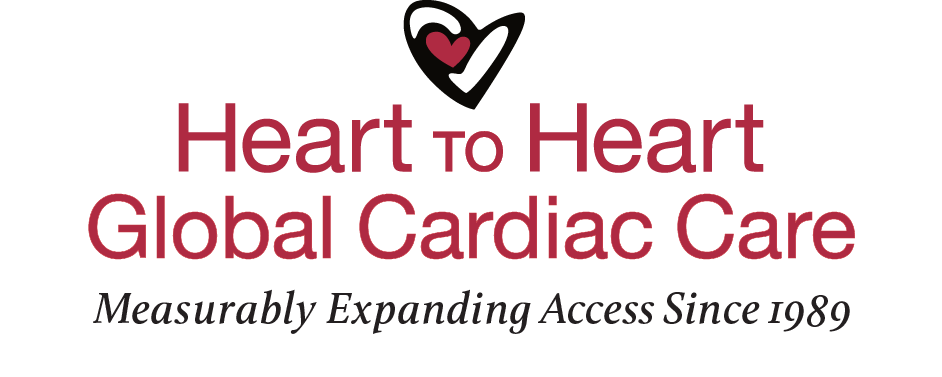National Cardiovascular Institute (INCOR) – Lima, Peru
Peru: home to a civilization dating back nearly 1,000 years
The Republic of Peru is a young county with ancient roots. The country is located in western South America along the Pacific Ocean: about one-third of their 30M population resides in the port city of Lima, the nation’s capital. In 1821, Peru declared independence from Spain, after nearly 300 hundred years under colonial rule. Peru's geography is diverse and includes thick Amazonian jungle lands, a 1,500-mile-long coastline, and mountainous peaks as high as 23,000’ in the Andes. Peru is known globally for its gastronomy, for its thousand-year-old roots, and for the fascinating empire of the Incan civilization.
Going Global Campaign prospect site: our first
Number of Exploratory Surgical Missions: four
Children born annually with CHD: 6,000
Heart to Heart’s first steps in Latin America
In 2015, we made our initial efforts to advance and expand heart care in Latin America. Using World Bank, IMF, and other global indices, we measured the political stability, safety, and relative peacefulness and identified Peru as one of our six top prospects in the region. In the previous decade, Peru’s national poverty rate had decreased from 56% to 22% and the country looked to be on an excellent path forward.
HEART DISEASE IN PERU
Each year in Peru about 6,000 children are born with heart defects. Unfortunately, the vast majority of children requiring intervention join a long waiting list to receive life-saving surgery. Open heart surgery is available on an extremely limited basis, and only in Lima.
Today, less than 33% of all children and adults in Peru have access to life-saving cardiac care.
Throughout 2016 and 2017, Heart to Heart conducted a total of four surgical-educational missions, working alongside three different cardiac teams. One big highlight was having the opportunity to introduce TAVR, transcatheter aortic valve replacement technology at INCOR. Although Heart to Heart continues to have much faith in the talent and dedication of our medical colleagues in Peru, the country’s current political situation affects our ability to partner with governmental organizations, often a prerequisite for us to achieve self-sustainability.














